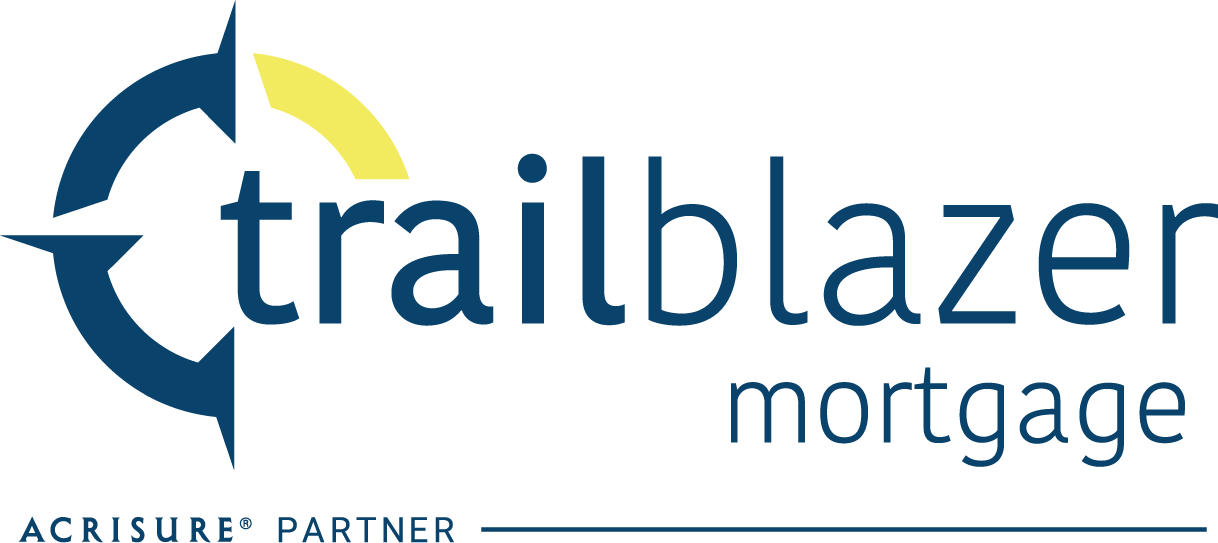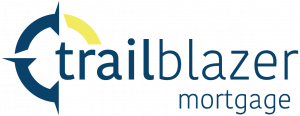If you’ve just started learning about mortgages, you’ve probably seen mortgage terms like APR, PMI, and DTI pop up. There is a lot to learn when it comes to mortgages, but mortgages don’t have to be confusing! We’ve put together a list of the Top 10 Mortgage Terms You Need to Know. Continue reading for the top mortgage terms and definitions you need to know when looking and applying for a mortgage.
1. Annual percentage rate (APR)
Annual Percentage Rate (also called APR) identifies the annual cost of a loan, expressed as a percentage. Your APR includes your interest rate as well as other costs, including mortgage insurance, closing costs, and any additional loan or broker fees. It’s a good idea to consider not only the interest rate, but the overall APR of your loan as a good basis when comparing mortgage options.
2. Closing and Closing Costs
Closing is the time and place when all Closing Documents for your loan are signed, dated, and notarized. Closing documents include your agreed upon interest rate, monthly payments, and remaining costs to close the loan. You can learn more about the Loan Process here.
Closing Costs typically include fees related to title search and insurance, document preparation, attorney fees, appraisals, and any other relevant work that is done to secure your loan. Closing costs are due at the time of closing, and usually costs approximately 3% of your total loan amount. Remember that closing costs don’t include additional items that you will be responsible for, like homeowner’s insurance, mortgage insurance, and property taxes.
3. Debt-to-Income Ratio (DTI)
Your Debt-to-Income Ratio is calculated by dividing your monthly debt payments by your gross monthly income. Monthly debt payments include things like credit cards, car loans, student loans, and any other additional monthly expenses. Your gross monthly income is what you earn before taxes. When divided, your Debt-to-Income Ratio is expressed as a percentage. Typically, monthly mortgage payments should not exceed approximately 30% of your gross monthly income. Discover your DTI with our Debt-to-Income Calculator.
4. Down Payment
Down Payments often range anywhere from 5% to 20%. Some loan programs can require as little as 0% down, based on a variety of factors. You can learn more about the different types of Loan Programs here. Your down payment covers the difference between your loan amount and the purchase price. The benefit of a larger down payment is eliminating your PMI, or Mortgage Insurance, number 7 on our list!
5. Escrow
Escrow refers to funds that you deposit with a third party, that are held until a specific date or condition is met. When you make an offer on a home, your down payment will typically go to an escrow account while you finalize negotiations with the home seller. Mortgage lenders will also require a percentage of yearly taxes to be held in an escrow account which is maintained by the lender.
Make your homeownership dreams a reality.
Take the first step and apply online with Trailblazer Mortgage.
Make your homeownership dreams a reality.
6. Loan-to-Value Ratio (LTV)
Loan-to-Value or LTV is the ratio between your loan amount and the total home price you are purchasing. For example, if you apply for an $80,000 loan to purchase a home that costs $100,000, your LTV Ratio is 80% ($80,000 / $100,000). In this example, the remaining $20,000 that’s needed to purchase the home would come from the buyer in the form of a down payment. While the ratio can vary based on down payment amount and loan program, 80% is considered a common LTV Ratio.
7. Mortgage Insurance (PMI)
Mortgages are usually paid off over a period between 10 to 30 years. Most buyers are required to make a down payment as collateral for their loan. While the required down payment may vary based on loan program requirements, down payments less than 20% require the buyer to pay for Private Mortgage Insurance, also called PMI. Mortgage insurance is required to protect the lender in case the buyer can no longer afford to pay back the loan. It’s common for buyers who owe to refinance once they have at least 20% equity in their home. You can learn more about Refinancing here.
8. Principal & Interest (P&I)
Principal and Interest, abbreviated to P&I, are two of the most common terms when it comes to mortgages. Principal refers to the amount of money borrowed. Interest refers to the amount that is owed for borrowing the money. Principal and interest make up the majority of your mortgage payment, usually followed by taxes, home insurance, and PMI if applicable. You can calculate your expected mortgage payment using our Mortgage Calculator.
9. Interest Rate and Rate Lock
Interest Rates are the most common numbers you’ll see associated with a loan. Your interest rate refers to the amount of interest owed on a loan. Unlike APR, interest rates do not take into account additional fees that may be required for a loan. While looking for and purchasing a home, interest rates may continue to change. A Rate Lock is made when a lender guarantees an interest rate to a borrower for a set period of time. Rate locks are typically used when rates are volatile or have a chance of going up, and help the borrower to secure a rate while they finalize their home purchase. Once the rate lock has expired, the interest rate will be adjusted to account for current market conditions.
10. Term
When you hear the word “term” or “loan term,” it refers to the length of time to pay off a loan. When purchasing a home, the term is provided in years. Loan terms are used to determine your overall monthly payment amount, and the length of your term (10, 15 or 30 years) can affect your interest rate as well as your required down payment.
Now that you know the Top 10 Mortgage Terms, you can feel more confident researching lenders and loan programs! Next stop? Check out Your Mortgage Checklist for what you need once you’re ready to apply for a loan. Learn even more on our Mortgage Resources page or Contact Us to get in touch with one of our mortgage professionals today!
Ready to learn more?
Talk to one of our mortgage professionals!
Ready to learn more?
Why Trailblazer Mortgage?
At Trailblazer Mortgage we work directly with our partners for fast, reliable mortgage services. We offer a wide array of competitive mortgage products with experience in every area of residential mortgage lending. As your dedicated mortgage lender, we aim to streamline communication with your home purchase team to ensure a smooth construction and financing experience.
Buying a home is one of the most important financial decisions you will make. Understanding mortgages and the home buying process can help make it less stressful, and so can partnering with a mortgage lender you can trust. At Trailblazer Mortgage, we’re dedicated to helping home buyers finance their dream home. All information presented is for educational purposes only and not intended as financial advice.
our blog
Learn More About Mortgages

Conforming Loan Limit Increase for 2023
The Federal Housing Financing Agency has recently announced that the new conforming loan limit for 2023.

Mortgage Numbers That Matter
Whether you are a first-time home buyer or an experienced one, there are three numbers that will help determine the type of mortgage you qualify for. Let’s learn more about the mortgage numbers that matter.

Opt Out of Firm Offers of Credit or Insurance
Many buyers find that applying for a mortgage can trigger an influx of marketing from other companies trying to win their business. Fortunately, there are ways to prevent this flood of offers from overwhelming you during an already stressful time.


